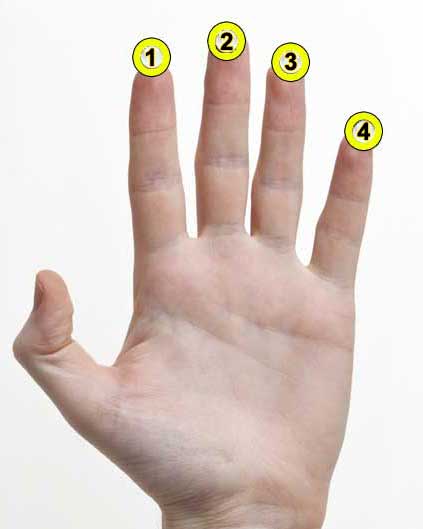C#m(maj7) Chord on Guitar: How To Play the C# Minor Major Seventh chord

Welcome to our tutorial on the C# m(maj7) chord, a member of the Minor Chords family. This chord is composed of the notes C#, E, G#, and B# and is constructed using the intervals 1, b3, 5, and 7. These intervals, also known as the Root, Minor Third, Perfect Fifth, and Major Seventh, create a rich and complex sound that can add depth to your guitar playing.
If you're new to the world of guitar chords, you might find our full tutorial about guitar chords of all types helpful. Here, you'll learn about everything from simple major and minor chords to more advanced chord structures.
Understanding how chords are built by stacking intervals is key to mastering the C# m(maj7) chord. This tutorial will guide you through the process of building chords, helping you understand why certain notes sound good together and how to create your own chord structures.
Once you've mastered the basics, our tutorial on intermediate guitar chords can help you take your guitar playing to the next level. Here, you'll find more complex chords like the C# m(maj7) and learn how to incorporate them into your playing.
Finally, our interactive tool to analyze chord shapes shown on the fretboard can be a great resource as you learn to play the C# m(maj7) chord. If you have a chord shape but aren't sure how to name it, this tool can help.
We hope this introduction has piqued your interest in the C# m(maj7) chord. With practice and patience, you'll be playing this beautiful chord in no time. Happy strumming!
Notes of the C# m(maj7) chord:
Chord structure of the Minor Major Seventh chord:
Guitar Patterns for the C#m(maj7) chord
No guitar diagrams created yet for this chord. Request one here
 Download
the Free Guitar Chords Chart Pdf
Download
the Free Guitar Chords Chart Pdf